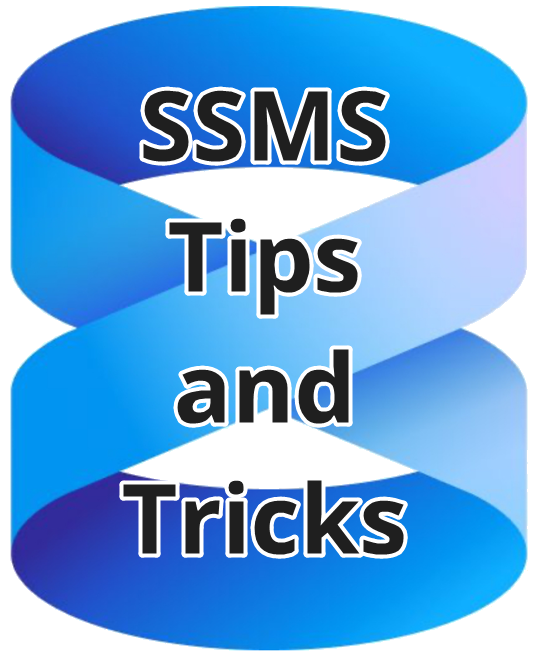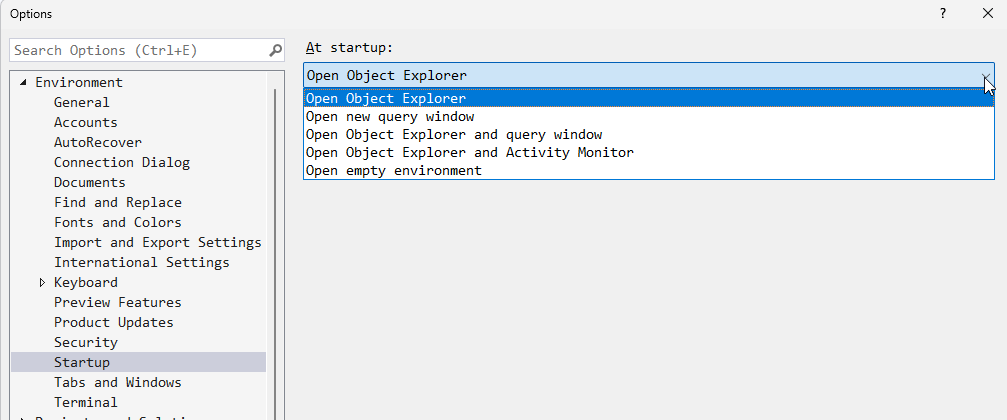
SSMS Tips and Tricks 7-13: Working in English and another language
I’ve been learning Mandarin (Chinese) for many, many years. I’m determined to become as fluent in speaking as I can, but to also be reasonable at reading and writing.
One important aspect of doing this, is to make sure you use the language you are learning as much as possible.
A great advantage of SSMS is that it is available for use in many languages. Yet when you do this, SSMS ends up supporting both the target language and English. That means that I can work part of the time in Chinese (to force myself to learn) and the rest of the time in English.
2025-10-22









